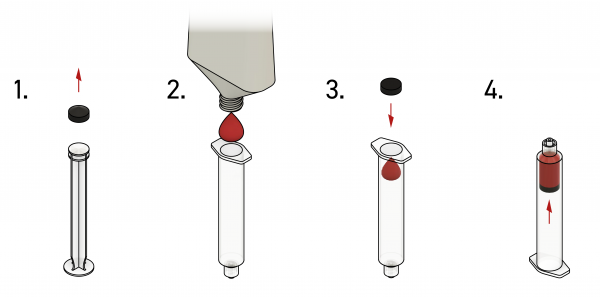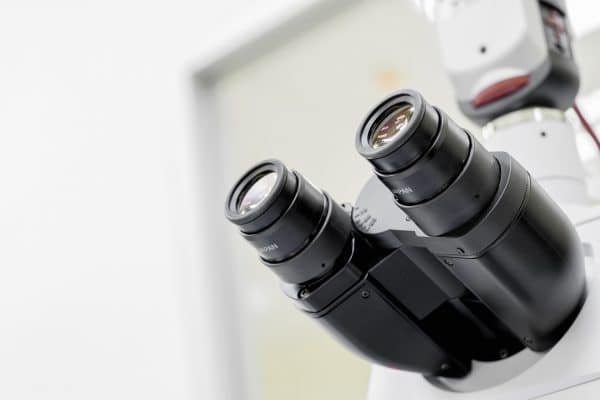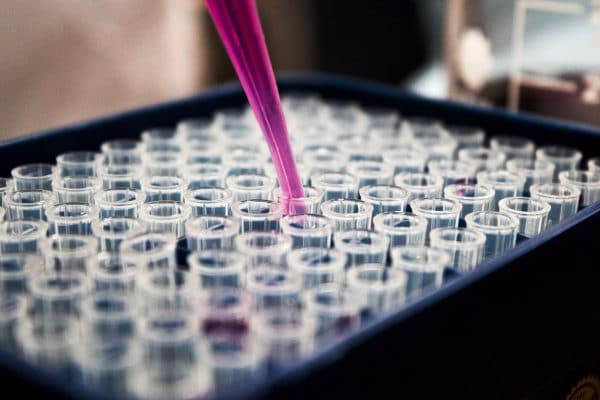
Bioprinting GelMA
Overview Materials Methods Print Settings Speed (mm/s) Layer height (mm) Nozzle diam (mm) Gauge Pressure (PSI) Print temp (˚C) 5 0.45 0.28 PT25-1.25 12-22 22 5 0.45 0.20 PT27-1.25 18-28

Overview Materials Methods Print Settings Speed (mm/s) Layer height (mm) Nozzle diam (mm) Gauge Pressure (PSI) Print temp (˚C) 5 0.45 0.28 PT25-1.25 12-22 22 5 0.45 0.20 PT27-1.25 18-28

Below are directions for a sample dual extrusion bioprint with Bioprint software. This protocol is meant for educational purposes to help you learn how to use your Allevi 2 and

Overview PCL (polycaprolactone) is a thermoplastic polymer that offers enhanced control over mechanical properties of final 3D structures. It is specifically developed and optimized for bioprinting of 3D structures. PCL
Overview: Silicone Bioprinting This protocol is a step-by-step guide to bioprinting silicone. Silicones are a class of elastomers composed of polymerized siloxanes that are characterized by their high durability, low

Overview The Allevi Triaxial Kit allows users to mix materials from three syringes during printing. Triaxial bioprinting allows for a new level of complexity and during-print material mixing. This is

Loading viscous materials, such as silicone or some formulations of collagen, might be tricky. If you need to transfer a viscous biomaterial to a printing syringe follow these simple steps:

Overview Gelatin Methacrylate (GelMA) is a hydrogel composed of denatured collagen that is engineered to crosslink when combined with a photoinitiator, such as LAP. This matrix material is a highly

Overview Immunocytochemistry (ICC) is a laboratory technique that allows for the detection of specific proteins or antigens in cells using selective probes that can be visualized under a microscope. This

Overview AlamarBlue is a fast assay that can measure cell viability. It is based on resazurin, a compound that upon entering living cells is reduced to resorufin. This reaction is

Overview Spheroids and organoids are 3D culture models that have served as simple, yet physiologically relevant organ samples when compared to 2D cell cultures. Researchers have used these models as

Overview Spheroids and organoids are 3D culture models that serve as simple, yet physiologically relevant organ samples when compared to 2D cell cultures. Researchers use these models as a platform

Overview Organs-on-chips have proved to be extremely valuable systems utilized for disease modeling, drug testing, and mimicking organ function. This organ-on-a-chip protocol allows you to build structures with controlled inner